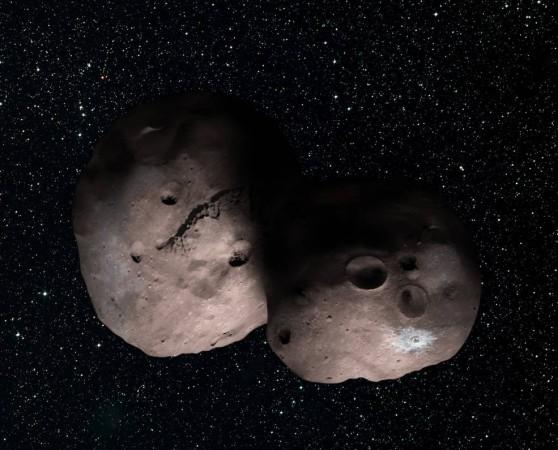
NASA's New Horizons spacecraft is currently travelling about 5.9 billion km from Earth, out into deep space. It is one of the farthest travelling Earth-made objects ever launched and is now ready to make a close flyby of a massive icy rock in the Kuiper belt called the Ultima Thule.
New Horizons will pass by Ultima Thule on New Year's day 2019, reports the Verge. Starting now to the flyby, mission control will have a full schedule preparing the craft, testing its on board instruments, and making course corrections along the way.
The report mentions that New Horizons has been taken out of hibernation at least twice since April 2017. When it is put to sleep, it basically goes into auto pilot mode with only a few bare essential instruments will remain on. This is done to reduce wear of the spacecraft as well as conserve power. During its hibernation, New Horizons will also be working through a list of commands that will sent to the craft's memory before it is powered down.
Putting the spacecraft on low power will also massively reduce the amount of work that the mission control will have to do from Earth, notes the report. "We have a small team and when we put the spacecraft into hibernation, it takes less time for us" to operate New Horizons, Alice Bowman, New Horizons' mission operations manager, told Verge. "We can be spending it on developing the command set for the flyby, which is what we were doing."
Commands to wake the ship up was sent to New Horizons on 4 June this year and two days later, it has responded and is now fully operational, says the report. NASA will now spend the next two and a half months testing and preparing the craft. There are also a few software updates that have been planned. Data collected during the months of hibernation and other leftover data from its on board memory will also be downloaded in this time.

By August, the spacecraft will be taken out of its spin state which is done to keep it stable, and by mid-August, the team will train New Horizons' cameras at its target- Utlima Thule. "We believe that's when we'll first be able to see it," says Bowman. The rock is about 37 km in diameter, so the space craft will have to make a close flyby, much closer than they did for Pluto in 2015. "It's going to be very challenging," she added.
In October, the thrusters will be fired and seven manoeuvres will be made, pointing the probe toward the rock. "It's the start of something grand," said Bowman about the future of this mission, beyond Ultima Thule.
Ultima Thule is a Kuiper Belt Object (KBO)- rocks that form the Kuiper Belt that borders the Solar System. This region is also known for its dwarf planets and recent research has shown that it might be home to a mysterious "Planet Nine" as well.

















